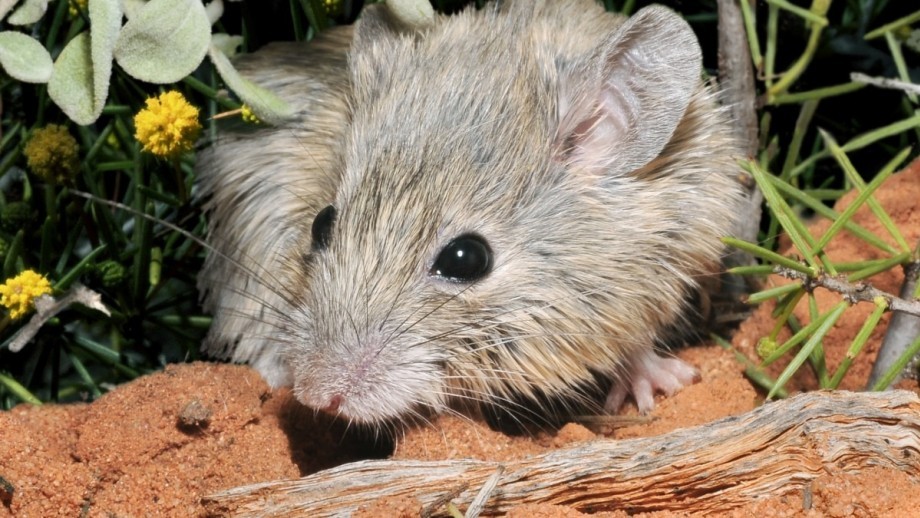
It is hard to believe that habitats like this could possible have previously held rainforest which produces enough soft fruit for monkeys like this. Just 10,000 years ago crops were a new thing, in the same way that cows and other livestock farming. Before this, we had to hunt for virtually everything.
The reason that they can work out what monkeys ate, is because they have seen the teeth, and they were not chipped at all, as a result of soft diet. There are thought to have been roughly 5 species of this small monkey family living at the time (30 million years ago). This is new, as formerly it was thought that early primates ate some fruit but also harder foods – clearly they specialized in fruit earlier than we thought.












